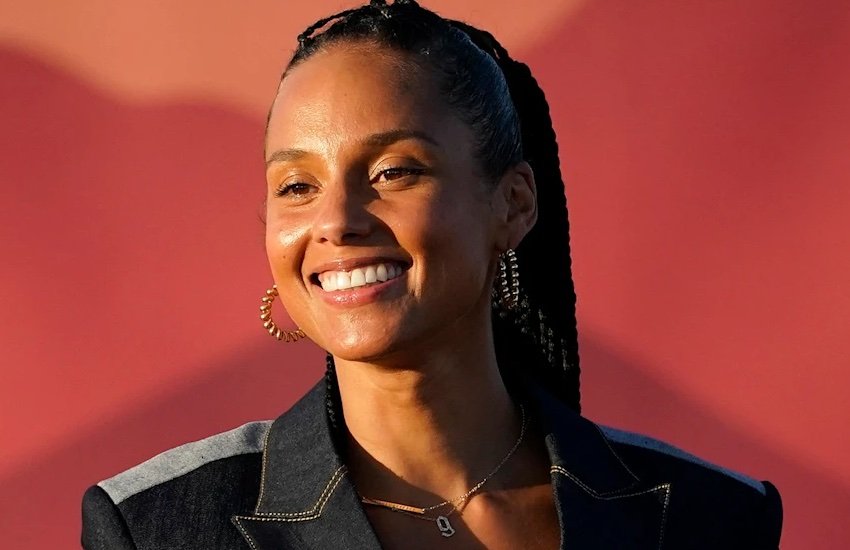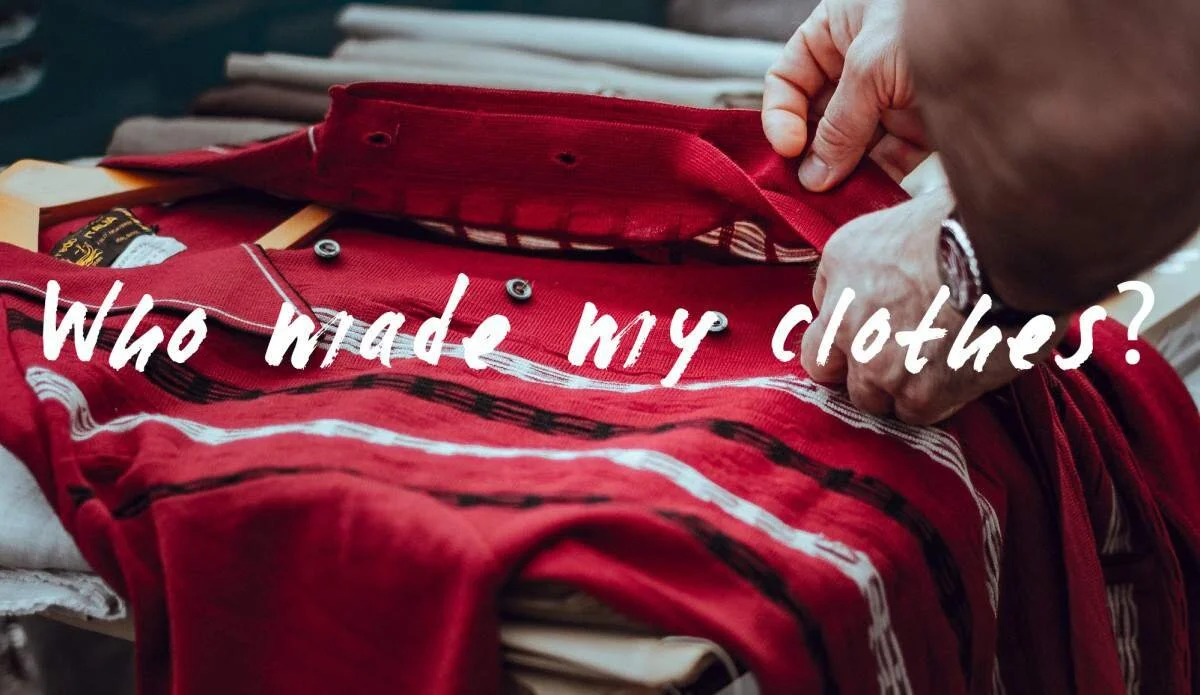You never regret your extravagances regardless of whether it's treating yourself to something special or taking a leap into the unknown, those moments often add spice to life. The global sales of fashion and beauty products accounts for over US$3 trillion annually, surpassing worldwide spending on education, and it’s notable that much of this spending is competitive. While most women feel compelled to stay on trend, men often have the option to opt out of the fashion game. The societal pressure for women to participate in fashion is considerably higher, and it’s the same with cosmetics. Many women will not go out without make-up on because they say that they feel bad. It's not merely about what these products offer; it's a form of self-medication, addressing the emotional impact of adhering to these norms.
Everyone wants to be sustainable
c/o Getty Images
Why are we making more and more?
I think the biggest thing we can do is reduce consumption and reduce production. The last few years have been pretty hard for everyone in retail, let alone those like us who are trying to change the fashion paradigm to sustainability. We all like to think of ourselves as leading through the idea of offering modern people comfortable yet empowering designs which simplify their clothing choices during their busy lives. It’s hard to convince people to buy less on a promise it will last longer. In order to succeed in the current economic climate, businesses must move towards a more circular, ethical, and holistic way of operating. The big question is how retailers will respond to the lower demand and higher cost environment that we expect will persist for the rest of this year.
““Just do less: Buy less, consume less, produce less. That’s a really hard line to walk when you’re trying to run a business and you’re measuring your success by how much you sell.” ”
The Chocolate War
We live in a society where we spend so much time doing, we fail to take time to celebrate and acknowledge the things that we have done. As you may know, I have spent a great deal of my career in the lifestyle industry, and I think fashion can be a brilliant mirror of the moment.
Last night I attended the world premiere of “The Chocolate Wars” in Copenhagen. The film director, Miki Mistrati is an old friend of mine who currently lives in London and the film highlights the modern-day slave trade issues in the manufacturing of chocolate. The fact of the matter is we live in a society where profit and growth are the key performance indicators, and I have posed this question many times before: Can we have both sustainability (ethical sourcing of materials, paying a fair wage throughout the supply chain, etc.) and economic growth?
To see and be seen
After my many years of learning, unlearning and relearning about myself, my relationship with the fashion/lifestyle industry and my place within the system, I can’t start talking about fashion without naming the external elements that allow this industry to exist. Just like any other business, fashion companies provide solutions to specified sectors of global communities answering their needs based on the individual and collective life continuum that the community requires to coexist.
“Fashion must be the most intoxicating release from the banality of the world.”
I think fashion is art, it’s commerce, it’s function, it’s expression and what comes next will be marvellous! Fashion is about storytelling through clothing! It’s about the stories behind them and the ones you create around them. Contact me via e-mail and let me know what you think?
Luxury Brands Ignoring Influencers is a Risky Business?
Magazines are losing their power as the exclusive gatekeepers in fashion, as they used to be the brands’ best way to broadcast its message to an audience of potential customers. Now the internet and social media have changed that, and brands have to target small communities online in ways that speak to them.
Tribe Dynamics is a company that identifies influencers and estimates the “earned media value” of their activity around brands, eg. LVMH, as brands move more and more of their advertising spending online. Conor Begley (co-founder and president at Tribe Dynamics), gives an example below about the way influencers are shaping the images of luxury brands.
“I’m showing them a bunch of data on Chanel. The number one influencer for Chanel is a guy named Jeffree Star. For those of you that don’t know Jeffree Star, he has pink hair, he’s tattooed from like head to toe—and his neck too—he will routinely smoke weed in his videos […] We show them this data, and somebody from this luxury brand says, ‘Hey, we know this is really important, but we wouldn’t want Jeffree to be our number-one influencer.’ I talk about inclusivity versus exclusivity and not really controlling the conversation, etc. We go home, we look at the data; he was the number-one influencer for that brand as well, they just didn’t know it.”
Star is a make-up artist and social-media personality with a large following. Shortly after that meeting, Begley said, Star caused a stir by posting a YouTube video in which he cut up a $5,000 Chanel bag with a glowing-hot knife. Chanel doesn’t need to make Star the face of its brand, Begley pointed out, but it would probably be good for the label to create a relationship with him since he’s having an impact on how his many fans perceive Chanel. Gucci, in fact, has done just that and made custom products just for him.
Please note that magazine editors are now often influencer's themselves with their own personal followings separate from the companies they work for 😉.
Read the full Quartzy article here







